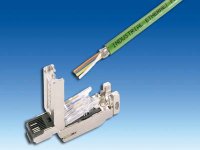The Plc Kid
Member
Maybe like the attachment?
Here are some similar links
http://www.riaconnect.com/news_detail.asp?news_id=17
http://www.rjfield.com/
http://www.conecspec.com/IP67RJ45/HTML/IP67RJ45 Product Overview.htm
http://www.optimization-world.com/details/prodid/230.html
Here are some similar links
http://www.riaconnect.com/news_detail.asp?news_id=17
http://www.rjfield.com/
http://www.conecspec.com/IP67RJ45/HTML/IP67RJ45 Product Overview.htm
http://www.optimization-world.com/details/prodid/230.html





